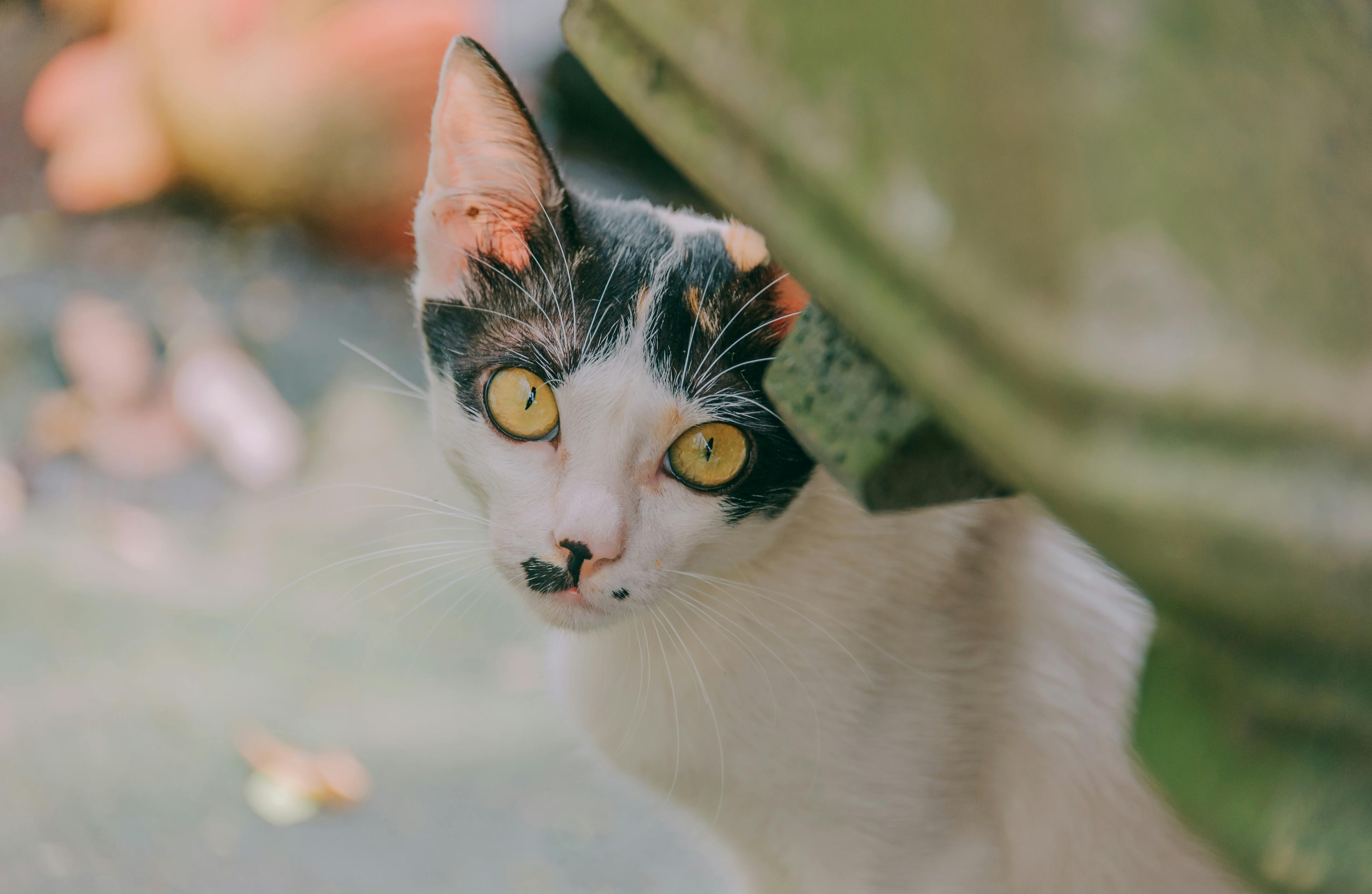No Dog training means more to most new puppy owners than that first important lesson: Not in the house!
Potty training your dog outside, not inside, usually starts between six and eight weeks of age. Dogs as young as four weeks old have begun house training, but at such a young age, a pup is unlikely to have sufficient muscle control.
Like all dog training, the patience of the trainer is just as important as the temperament of the dog. ‘Sit’, ‘stay’ and other behaviors can often be learned in a few days. Potty training can take weeks, sometimes as little as two, often a month or more.
As with other learned behaviors, you should look for signs of impending action, then enforce and direct them with a voice command followed by praise. In this case, the technique works to the benefit of the trainer, as all dogs will naturally potty. The trick is to get them to do it whenever and wherever you want!
Look for cues like circling or squatting, then pick the pup up, say “out” and hurry outside. The pup may circle around a bit more, but will often squat down immediately. When you start, say “quickly” (or some other phrase) in a clear, firm (but not angry) voice. Wait until the puppy is done and praise him a lot.
You won’t always be able to catch the puppy that’s about to start, but don’t get angry or impatient when the dog goes potty indoors. It takes time for the dog to learn to tell you that it is time to ‘go outside’. It also takes time for the muscles needed to control the bladder and bowels to develop.
Young dogs need to go to the bathroom every 2-3 hours, on average. If you haven’t detected evacuation behavior within that time, take the dog outside anyway. Give the command “quickly” and wait. At first, the dog will usually have no idea what you want.
Again, even when you’re outside, it’s useful to wait and watch for the desired behavior and then issue the command. That helps the dog associate the command with the behavior. If the dog hasn’t left after a few minutes and a few “quick” commands, take him inside for an hour. Of course, if you catch the pre-potty behavior in less time, get back out immediately.
Dogs have an amazing ability to quickly learn what their ‘alpha’ (the pack leader) wants. This is almost always accomplished by associating a verbal command with the behavior, followed by praise. Punishment often backfires, and nowhere more so than in potty training. Never rub a dog’s nose in waste.
Some prefer training with paper and/or boxes. A puppy can be trained to go on newspaper or one of the chemically treated puppy pads designed for that purpose. Some small breeds that live in the home all day may not need to go outside.
However, the technique has a couple of drawbacks. Unlike cats, dogs will rarely go in a scented litter box. Newspapers (even if the top layer is removed after the dog leaves) will eventually create a foul odor in the house.
Also, long before the scent becomes unpleasant to humans, dogs can smell their own distinctive scent. They do not find it unattractive, quite the contrary. And that is the problem.
Dogs that are paper trained often prefer to relieve themselves indoors. Sometimes they will miss the paper by just an inch, creating a mess to clean up.
Once the scent is on the carpet, the dog will often seek that spot as its “appropriate place to go.” This makes training the dog to potty outdoors even more difficult. It is better to suffer a few accidents than to create a habit that is difficult to overcome.
Patience, praise and consistency are the keys to any dog training. Elimination training is the first test for you and your dog.
